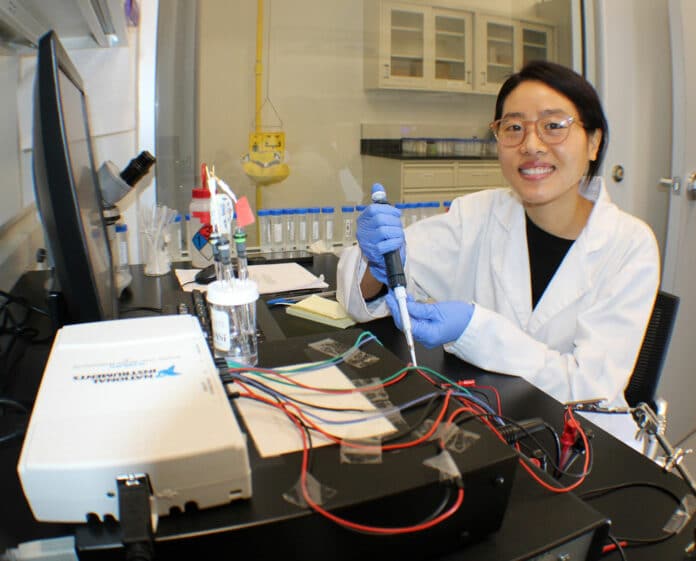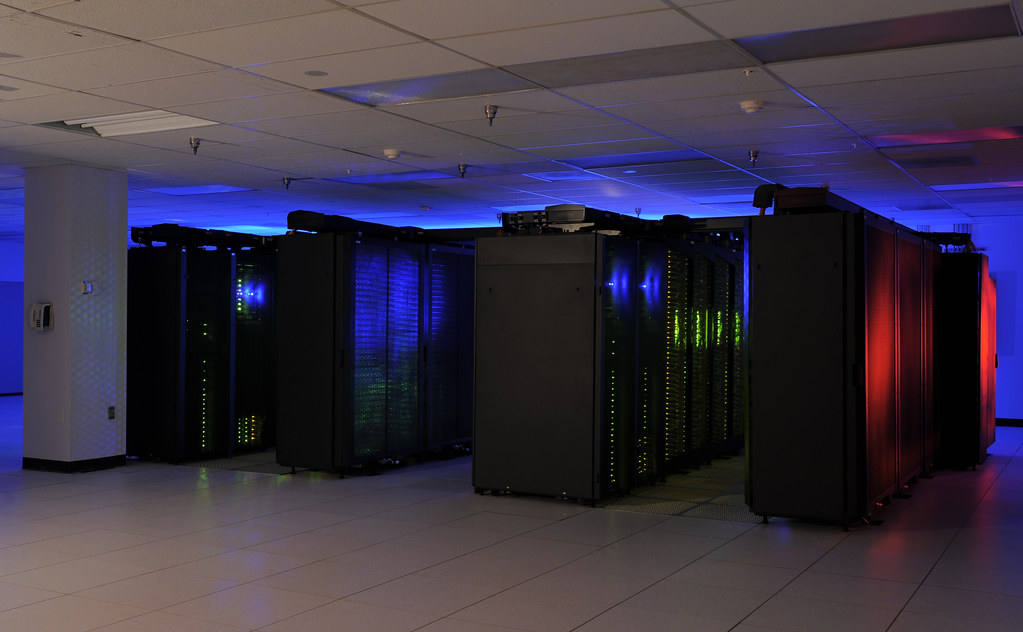Scientists have developed edible robotic components, with the next goal being to combine these elements into a complete edible robot. Such a robot could have diverse applications, including healthcare delivery and environmental monitoring. Picture this: you order takeout via drone, enjoy your meal, and then consume the drone as dessert. While drone delivery is already a reality, the concept of an edible robot is on the horizon, as reported by researchers from the Swiss Federal Institute of Technology (EPFL).
The Fascination of Edible Robotics
“Bringing robots and food together is a fascinating challenge,” said Dario Floreano, director of EPFL’s Laboratory of Intelligent Systems (LIS). “We are still figuring out which edible materials work similarly to non-edible ones.”
Progress in Edible Components
Scientists have been making strides in creating edible components for robots, including batteries, sensors, and actuators. Edible batteries, for instance, might use enzymes and natural chemicals found in fruits and vegetables to generate power. Sensors could be made from conductive inks containing ingredients like gummy bears!
The Challenge of Integration
The biggest challenge is integrating these edible parts into a cohesive system. However, researchers are making headway. In 2022, scientists created a drone with edible wings, and in 2023, another team developed a rechargeable battery from common food components.
Potential Applications of Edible Robots
These edible robots have the potential to revolutionize various fields. In healthcare, they could deliver targeted medications or monitor internal conditions. In environmental monitoring, they could collect data from hard-to-reach places and then decompose naturally.
A Delicious Future
While there are still hurdles to overcome, the concept of edible robots is no longer a pipe dream. The future of robotics might just be delicious!







